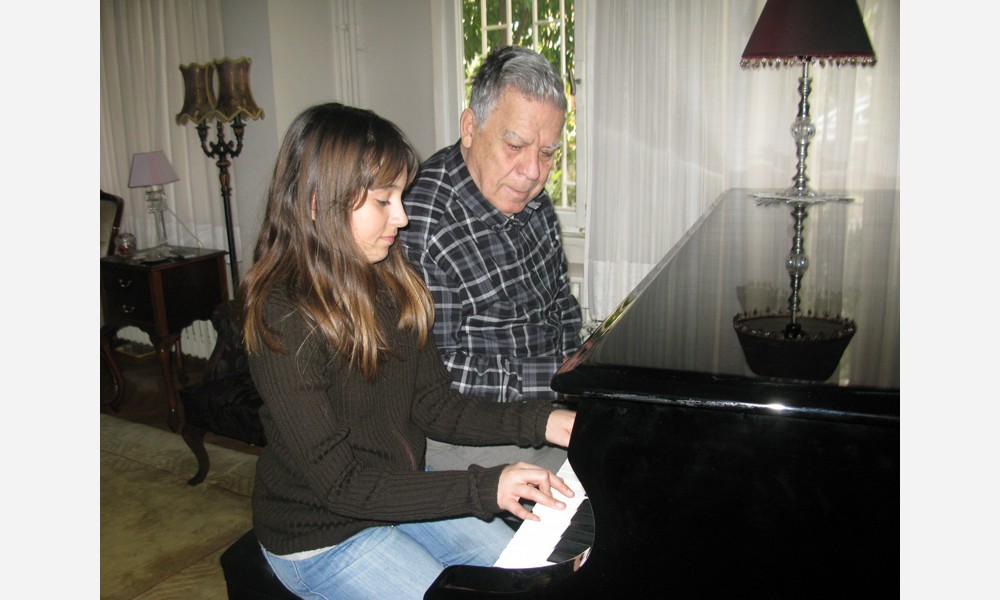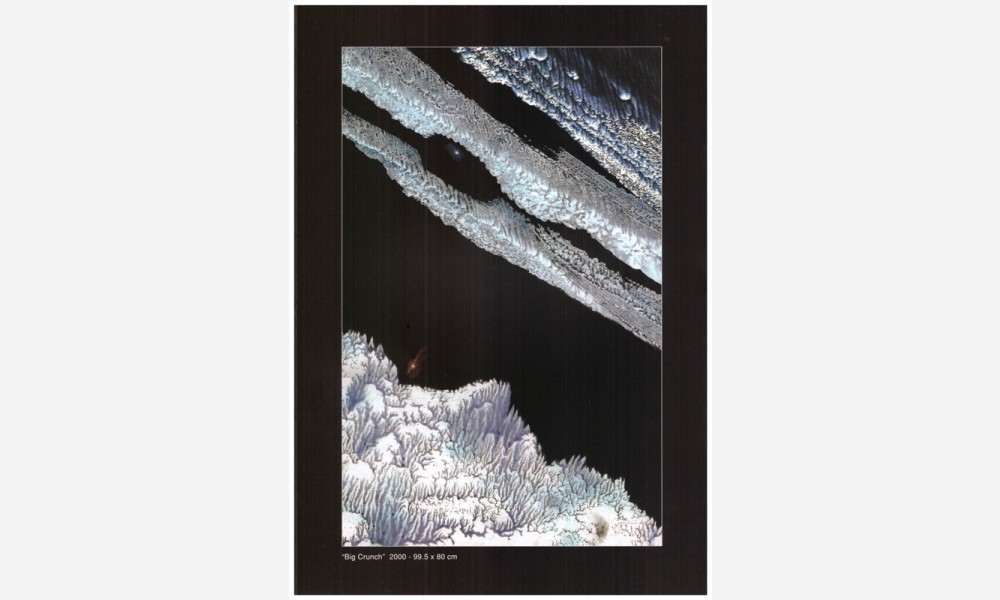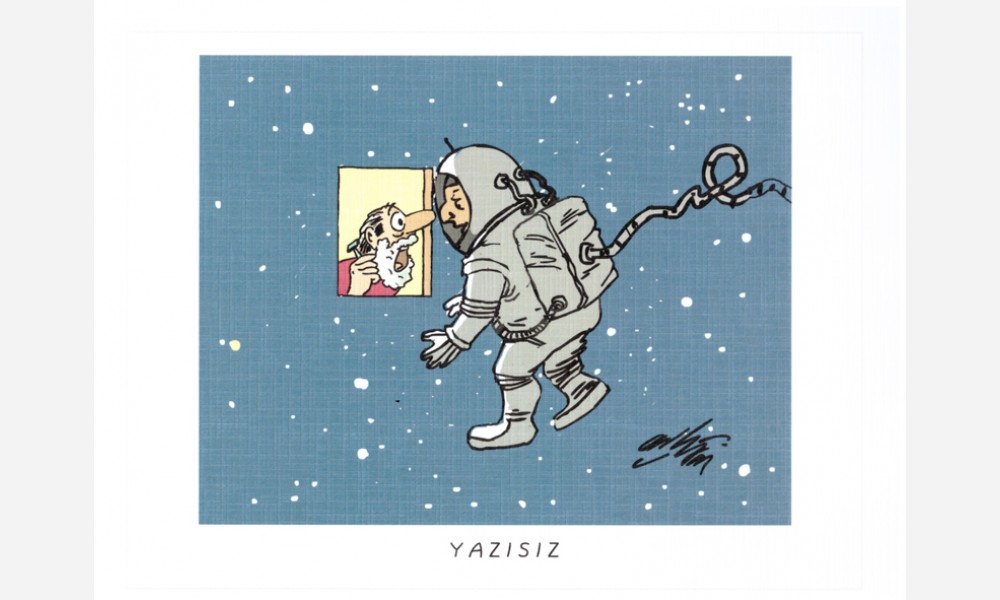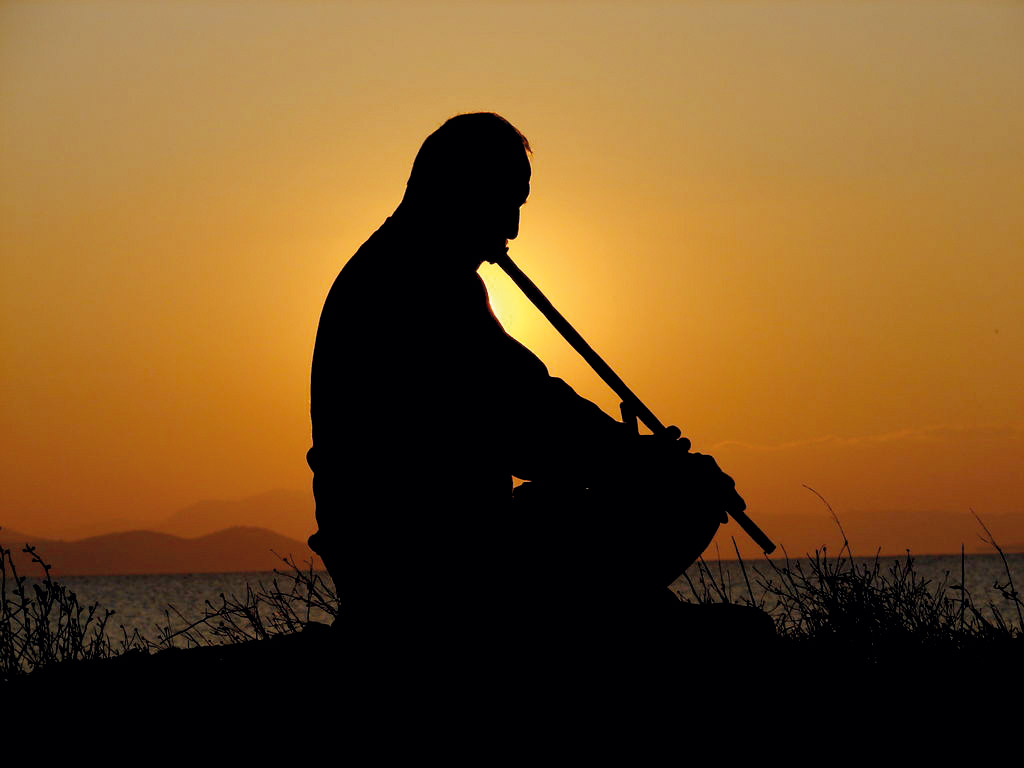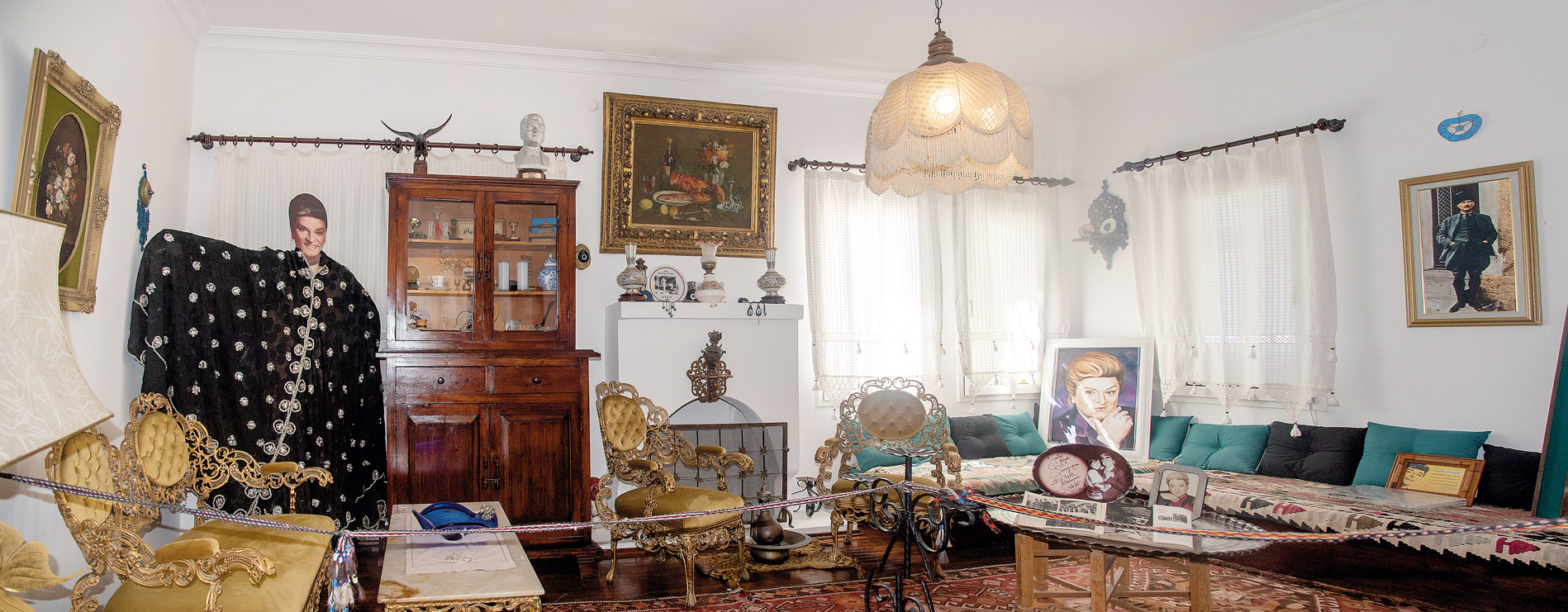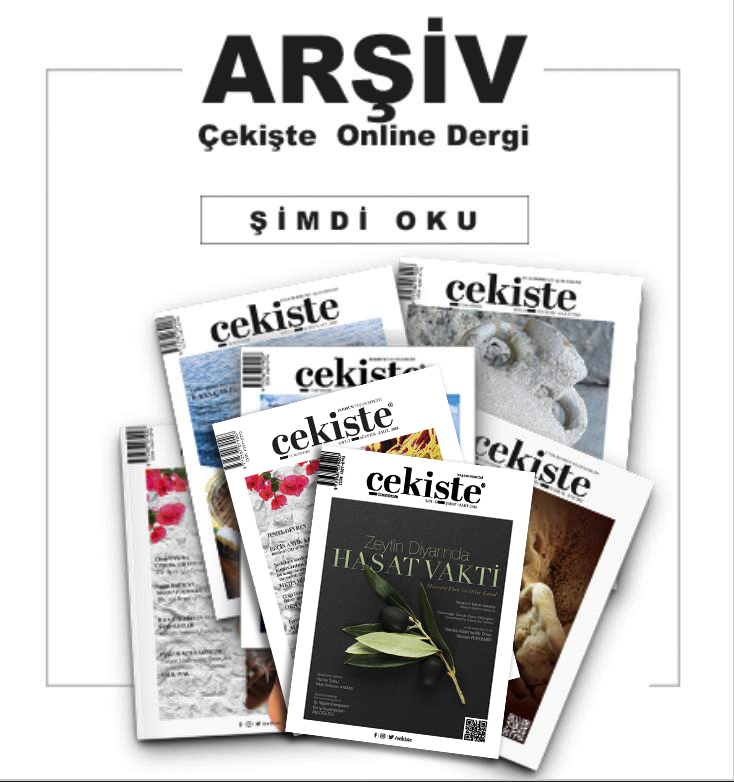Master of drawing…

Turkey first met him with the first domestic-made cartoons of his. Over the years, he has managed to become one of the industry's cults by producing over 400 films.
The biggest motivation source has been his comics with great passion since he was a student... Do you remember the nonplussed janitor, running up and down with the instructions of the residents saying”Light the heating system, janitor, we are freezing!”, “Turn it off, we are burning!” in the IZOCAM commercials? The character called “Mr. Elmor” in the ECA commercials? What about “Dede Korkut” (Dada Gorgud), “Bamsi Beyrek”, “Ali Baba and the Forty Thieves”, “Aladdin and his magic lamp”, “The woodenishes”, “The glassishes” and “The paperishes”… The commercial, we all like, saying, “I have a riddle for you, kids” in the beginning and the animations posted as series, seem to be almost impossible to forget. We have written the lines of the conversation we have had with Orhan Büyükdoğan, who says "An artist has to understand and love all arts".
Will you share your entry process to the Academy with us?
As my ancestors plotted on the cave walls, I began to paint by painting the walls of the house I used to live in. I had to be a painter in my mind and my family was aware of my ability. Nevertheless, they wanted me to do painting as a hobby. When I went to Kabatas Male High School for registration with my father, I could not be enrolled because of some missing documents. After leaving there, I went to Ortakoy to visit my art teacher Saim Ture. When I mentioned that I would sign up to Kabatas Male High School in the middle of the conversation, he got flurried and said, "What? Have you not gone to the academy?" Later he took me to Zeki Faik Izer and made me enrol in the academy. That was the turning point of my life.
I would also like to share a memorable moment about my years of secondary school. My teacher of painting Saim Ture had appointed me as a supervisor in a test. He put a quince on the table for us to draw and he wanted me to keep an eye on the class. During the exam, I helped everyone in the class by going around and correcting what they were drawing and also making additions. That moment Saim, the teacher returned to the class, he saw all the drawings and sarcastically said, “How magnificent you all are! You have already been masters. You do not even need paint marks. Everyone, give the paint marks to Orhan!” Though it has been over ten years, I still have those items.
The first comics were published in Akbaba Magazine. How did this process develop?
It was 1952. One day I went to Akbaba Magazine with a few comics of mine. Master Yusuf Ziya Ortac had a look at my comics for a long time. He said, "Orhan, the pattern is nice, but your wits are weak, not cooked (brazen). I as a repartee said, “The Akbaba is a boiler, so add my wits to it and let them be cooked.” Then he put words into my mouth and said “We are already cooked and if we cook for you too, we stick to the pan and burn.” I undauntedly kept on taking my comics to him. I finally made it and my comics started to be published.
Can you tell the stories of comics published in Hayat Magazine?
I had held an exhibition in the entrance hall of the University of Mimar Sinan. Sevket Rado, who was the owner of Life Magazine, had visited and appreciated it very much. He offered me to draw picture stories for the magazine. He put the book, “1001 Arabian Nights”, in front of me and said "Select a story here and start drawing". First I started with the “Ali Baba and the Forty Thieves”. As for the drawings of horses, I asked Şevket Bey for help, not to make a visual mistake. I got permission from the Stud Farm of Karacabey; I worked there for a few weeks and got information about Arabian horses. I made horse drawings. I have done all these kinds of research for all the comic stories I made. For the other stories, I went to Chinese, Indian and Persian embassies and collected documents about historical and social life.
How did the idea of making cartoons come about?
I can say I started by watching good quality cartoons. I used to draw Walt Disney's masterpieces such as Bambi and Fantasia, on my notebook pages. While turning the pages quickly, those drawings were moving. Those were my first cartoons. I used to collect the Walt Disney cartoon parts, which were cut while playing in theatres when they were disconnected I would take them home. I used to examine those few pieces (shots) carefully and try to understand the features of the animations.
I can say that my first mentor was Walt Disney. One day I had a flash of inspiration and decided to write a cartoon script and present it to the companies. Those were the days nobody knew what cartoons were. There were no televisions and films were only on at the cinema. I went to the Bank of Anatolia. I had a look at the script and found it interesting. When I did not even have the money to buy the crayons, I tried to make a single copy of the cartoon they ordered using the advance payment I received from them. The two-minute cartoon, “Beers and Ants” was about a dialogue between two hardworking groups. I had the work done in the Ipek Film Studio. While the cartoon production team consisted of at least 7 people, I had made all the production all by myself. They liked the two copies that were ordered and ordered 10 copies more. I did not only earn money but also plucked up the courage; and I set up my own studio by leaving the place, where I had worked.
You have started a new cult by bringing your pictures a point of view that includes philosophy, physics, science and mysticism. Could you talk about the work that you named as Kuantart?
The reason for collecting some of my paintings under the title of "Kuantart" is to delineate that the universe was founded on basic particles and to defend that all universal events have developed in this direction. By that I'm not a physicist; I am not the owner of the claim. I am just a curious artist. I am trying to figure out the superstructure of the universe with feeling. Orhan Büyükdoğan, who enriched his work travelling and researching many parts of the world, now is writing his book, “Ulaattin”, which he has been working on for many years, in his house in Bodrum. The story of Ulaattin is very far from the usual "Alaattin's Magic Lamp" following a fantastic path.
Who is Orhan Buyukdogan?
He was born in Istanbul on 21 September 1935. In 1960, he graduated from the Painting Department of the State Academy of Fine Arts, Zeki Kocamemi Workshop. He drew his first caricature in 1956 for the Akbaba Magazine. His comics were published in the humorous magazines such as “Dolmus” and “Tef” and his comics and strip cartoons were published in the family magazine, “Hayat Mecmuası”. He worked as an art director at the Man Agency. In 1971, he founded the Orhan Buyukdogan Cartoon Film Studio. He produced over 400 cartoons. Buyukdogan, who transferred his experiences to future generations at Anatolian University and Mimar Sinan University as a lecturer, pioneered the establishment of the first cartoon (animation) department of Turkey at Anatolian University. He was granted the Special Crystal Apple Award by the Turkish Association of Advertising Agencies and also the awards by the Ministry of Culture and the Channel TRT. Apart from painting, his areas of interest are philosophy, metaphysics, classical music, piano, astronomy, chess and aikido.

